Re-Act. Tools for Urban re-Activation
Urban re-activation is becoming an increasingly relevant and complex topic in Europe, as it brings together a growing community of influential actors who, in recent years, have established a number of successful interventions in the field of re-use and re-appropriation. In this book, we will not only investigate these informal practices as they pertain to architects, but also to various groups and collectives, designers, entrepreneurs, programmers, geographers, and so on-concerned citizens who have already begun to transform their ideas into actions by introducing new models and innovative ideas. Following this initial introduction, we shall present a series of interviews from a selection of experts, researchers, local administrators, and architects, all active in the re-activation of urban spaces throughout the European Union, whose realization of innovative new projects and initiatives will play a central role in our discussions over urban re-activation, and, in our view, represents some of the most interesting examples that define our toolbox for re-use. These valuable contributions, consisting of various keywords, models, and examples representing a broad range of European experiences, are intended to help the reader in identifying and understanding some of the most powerful and innovative tools for urban re-activation.
- Spedizione stimata in 4-5 giorni lavorativi
- Spedizione gratuita per ogni ordine sopra i 49,90 €!
Recensioni pubblicate:
ABITARE, n° 558
Il riuso virtuoso è spontaneo, informale e collettivo.
di Gianpiero Venturini
Dal 2010 al 2015 ho vissuto a Madrid. In quel periodo ho assistito alla mobilitazione pacifica chiamata 15 M, che ha sancito l’inizio del Movimento de los Indignados. Per settimane, Plaza del Sol, occupata dai cittadini, è stata centro rappresentativo riconquistato dagli abitanti. È stata l’occasione per avvicinarsi ai temi della riappropriazione urbana, in quel caso caratterizzata da un alto valore politico, economico e di protesta (civica). Attraverso quell’esperienza ho compreso che gli architetti rappresentano una percentuale minima tra coloro che si occupano di riattivazione e ho iniziato a fare ricerca sul campo.
Parte di questo personale percorso è racchiuso nelle pagine di Re-Act. Tools for urban re-activation…
Solo registrato i clienti che hanno acquistato il prodotto possono scrivere una recensione.
Policy sulla spedizione
In D Editore siamo coscienti di quanto sia importante spedire in tempo! Per questo motivo, cerchiamo di spedire nel minor tempo possibile. Ovunque possiamo, soprattutto se vengono acquistati più di un prodotto, spediamo con Raccomandata oppure con servizi Pick Up. Se avete delle esigenze particolari, scrivetele nelle note: cercheremo di accontentarvi!
Una volta spedito il pacco, scriveremo una nota sul vostro ordine (che potrete consultare sul vostro account o nella vostra casella mail). Controlliamo ogni volta l’indirizzo, e cercheremo di contattarvi se qualcosa non ci quadra. Per piacere, fate attenzione quando digitate i vostri dati!
Diritto di reso
Nel caso in cui i prodotti ricevuti non fossero conformi all’ordine effettuato o avessero dei difetti, entro un massimo di 14 giorni il cliente potrà scrivere a shop@deditore.com per richiederne la sostituzione.
Per la cancellazione di un ordine, prima del suo invio, inviare una mail a shop@deditore.com entro 24 ore dall’acquisto.
Sarà possibile effettuare un reso dei seguenti prodotti solo a determinate condizioni:
- Gift cards;
- Prodotti scaricabili;
- Prodotti resi danneggiati.
I Termini e condizioni di vendita regolano esclusivamente la vendita di prodotti da parte di D EDITORE presenti sul sito web deditore.com.
Tutto il resto dei servizi o prodotti acquistabili tramite link, banner o altri collegamenti ipertestuali presenti su deditore.com, non sono responsabilità di D EDITORE: prima di procedere ad eventuali acquisti tramite terzi, invitiamo quindi a controllare le condizioni generali di vendita di tali soggetti.
Riferimento normativo: D.L. n° 206/2005 (Codice del consumo) e successive modifiche.


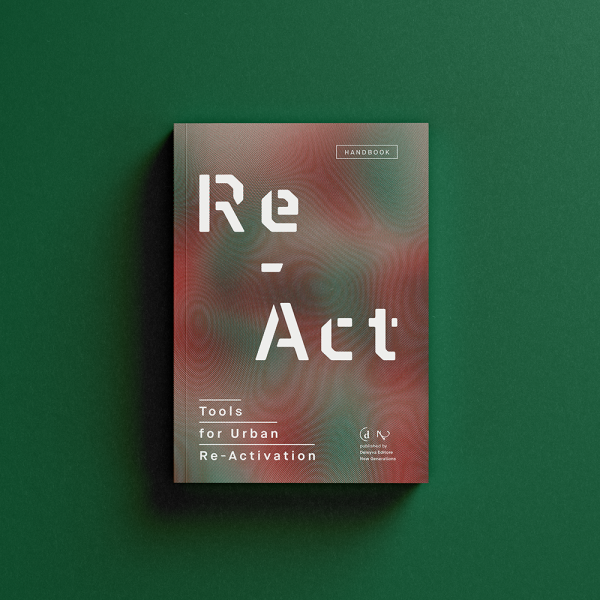
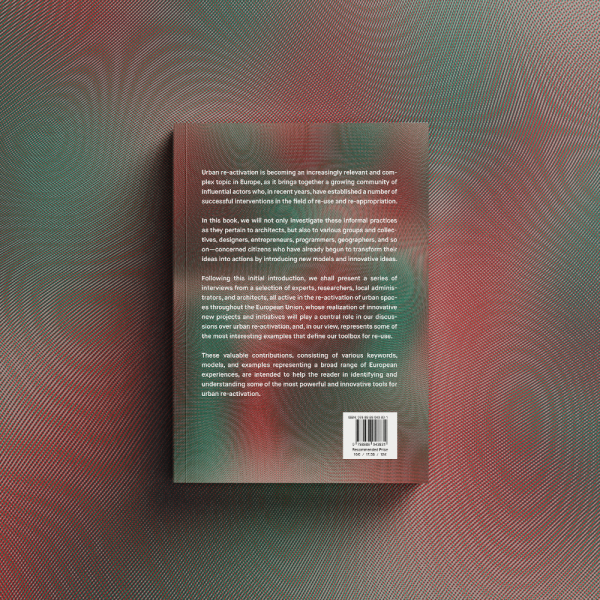
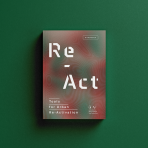
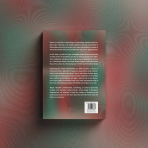
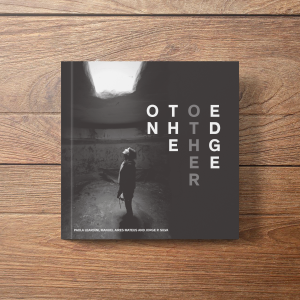


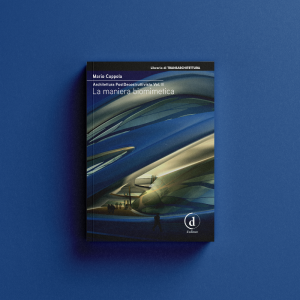

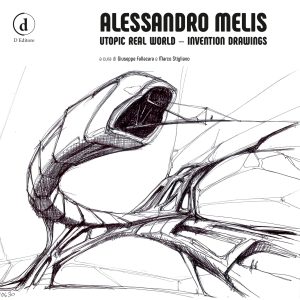

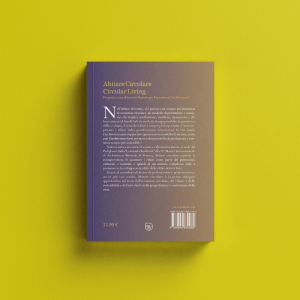
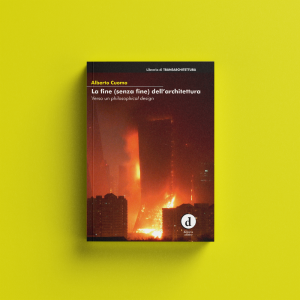

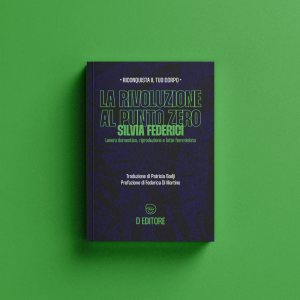
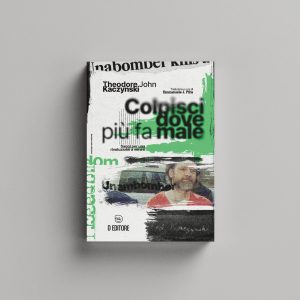



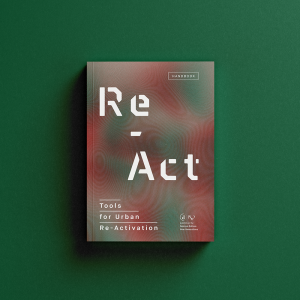
Recensioni
Non ci sono ancora commenti.